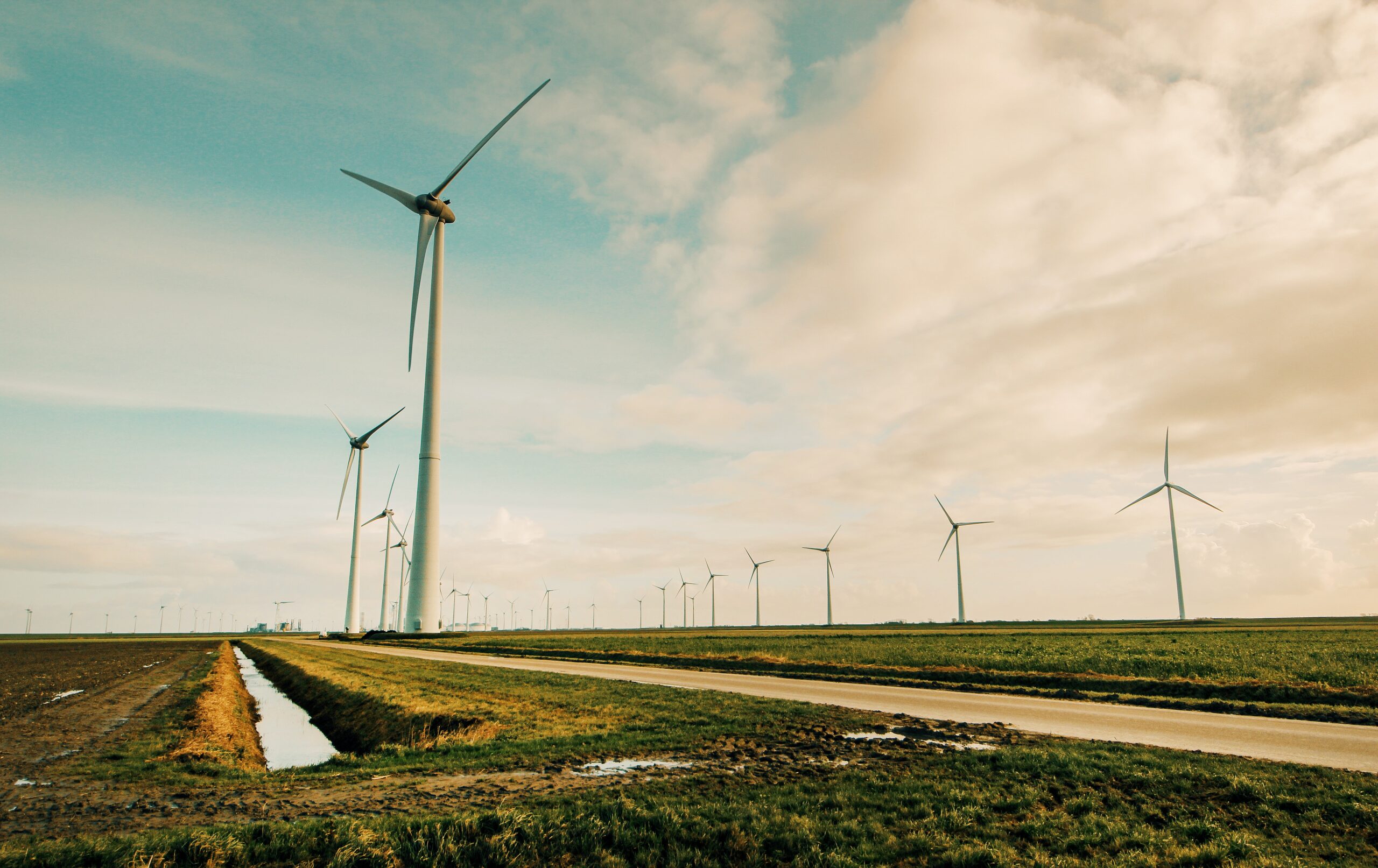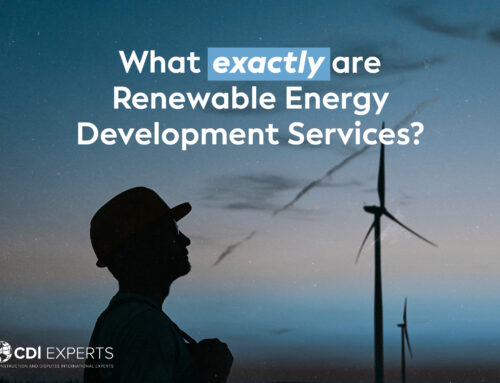Written by
Cooper Geyer
Published
31 May 2023
For years, the primary source of electricity for our homes has been traditional coal-powered generators. However, we are now witnessing a significant transformation.
Western Australia’s population is on the rise, leading to an increased demand for cleaner, more efficient, and sustainable energy solutions. As a result, we have shifted our focus towards smarter energy sources to meet these evolving needs.
As the energy sector progresses, so do the diverse sources of power we rely on.
Our surroundings are abundant with energy from natural resources, constantly replenishing themselves. Sunlight, wind, water, tides, waves, and geothermal heat all contribute to powering our network for the future.
A recent report by the Clean Energy Council sheds light on the growing adoption of renewables in Australia.
Key findings include:
– Installation of over 1100MW of rooftop solar power capacity, surpassing the previous record set in 2012.
– The highest contributions to renewable energy came from hydro and wind generation, accounting for 33.9% and 33.8% respectively, followed by solar at 22.6%.
– Overall, renewables accounted for 17% of Australia’s electricity in 2017, slightly lower than the 17.3% in 2016, primarily due to reduced hydro generation caused by decreased rainfall.

Looking forward, we anticipate significant growth in renewables, with more than 50 large-scale wind and solar projects in the pipeline for the next year. These projects will bring in over 5300MW of new generating capacity and create more than 5,700 job opportunities.
So, what does the future hold without relying heavily on coal power plants? Let’s explore the alternative energy options that are currently powering our grid and shaping tomorrow’s energy landscape.
Harnessing the Power of Wind in WA
Western Australia boasts several wind farms that harness the cost-effective energy of the wind. Turbines equipped with blades capture the natural force, converting it into electricity.
These blades are connected to a hub, which is then linked to a generator. As the wind blows, the energy on the blades drives the generator, producing electricity.
Taller turbines, taking advantage of stronger winds at higher altitudes, tend to be more productive. The cost of wind energy generation is estimated to be just 5 cents per kilowatt-hour.
Perth, officially recognized as the third windiest capital globally, after Wellington in New Zealand and Chicago in the United States, offers great potential for wind energy in Western Australia.
At CDI we have actively participated in numerous wind farm projects to connect this renewable energy to our grid, delivering cleaner and greener power to our customers.
See some of our past projects here.

Western Australia’s Wave Power
With its extensive coastline, Western Australia has the opportunity to tap into the potential of ocean power, which could contribute up to 11% of Australia’s energy by 2050, as projected by the Commonwealth Science and Industrial Research Organisation.
Western Power have successfully integrated the world’s first wave energy microgrid into the network, located off the coast of Perth, specifically at Garden Island. This innovative project, developed in partnership with Carnegie Clean Energy, combines wave buoys, solar panels, a battery system, and a diesel generator, demonstrating a sustainable model for supplying power to coastal regions.

Unlocking the Power of the Sun
Solar energy, harnessed from the sun’s heat and light, is abundant in Australia, which boasts the highest solar coverage per square meter globally. This abundance makes it an ideal location for large-scale solar farms and residential rooftop solar installations. Notably, Western Australia is home to Emu Downs, the largest solar farm featuring 75,000 photovoltaic panels.
According to the Clean Energy Council, large-scale solar capacity has grown twelve-fold in just four years.
Check out some of our past solar project’s here.

CDI Experts is committed to leading the way in connecting alternative energy sources to the grid, delivering cleaner, greener, and more sustainable energy solutions to customers. By embracing innovation and sustainable practices, we can create a brighter future for Western Australia, where renewable energy plays a central role in powering our homes, businesses, and communities. CDI Experts is committed to leading the way in connecting alternative energy sources to the grid, delivering cleaner, greener, and more sustainable energy solutions to customers. By embracing innovation and sustainable practices, we can create a brighter future for Western Australia, where renewable energy plays a central role in powering our homes, businesses, and communities.
References:
Clean Energy Council. “Clean Energy Australia Report.” Accessed 31 May 2023. https://www.cleanenergycouncil.org.au/resources/resources-hub/clean-energy-australia-report.





